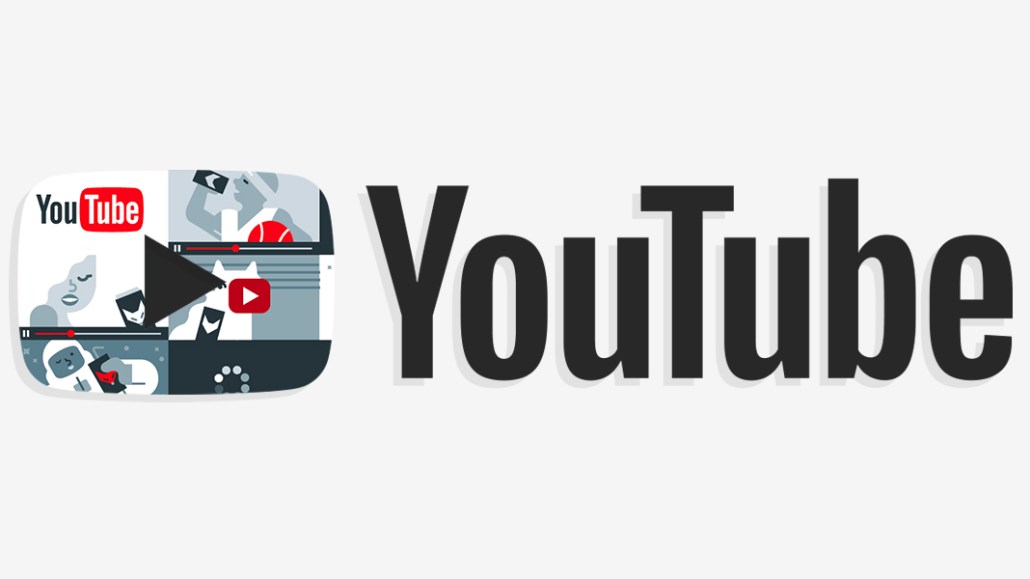Save 50% on a 3-month Digiday+ membership. Ends Dec 12.

The fear and disappointment that gripped brands in the wake of the brand-safety crisis on YouTube in March has been replaced with pragmatism and caution in the latest one.
Last week, investigations by the BBC and The Times of London found ads that ran against content and comments that exploited kids, which pushed brands such as Adidas, Mars and Diageo to freeze spend on YouTube. The platform has since deleted hundreds of accounts and removed 150,000 videos. British advertisers’ trade body ISBA called Google execs to a meeting with top marketers to dress them down over the problems. But despite the tough talk, marketers for the most part aren’t threatening to pull ad spending, unlike the previous brouhaha. Now, marketers are more likely to take the onus on themselves to institute proper whitelist strategies.
“We [L’Oréal] can’t say we’re not going to use this channel because of certain issues [like brand safety]. At the end of the day, consumers are there,” said Stéphane Bérubé, L’Oréal’s CMO for Western Europe. “I can tell you we’re working very closely with Google and Facebook [on ad placement] and have seen a lot of improvement in this area. It’s our responsibility as advertisers, not just L’Oréal, to be able to find solutions that let us control the environments where our ads are served.”
Bérubé discussed the importance of brands acknowledging the nuances of content on the site. The cosmetic brand won’t advertise on certain YouTube channels even if they are brand-safe because they are at odds with its own values. While most big brands would agree with Bérubé, preferring to adopt stricter whitelists, some are happy to display ads next to safe but edgier YouTube channels because this is where their audience is, according to Aydin Moghaddam, head of paid search at digital agency Roast.
The safety or suitability of other content is subjective, added Andrea Ching, CMO at OpenSlate, a video analytics firm specializing in YouTube. Marketers must continue to balance maintaining suitable environments for their brands and staying current with the “changing content landscape and shifting social norms,” she said.
It comes down to advertisers knowing what they’re buying, said one media expert who consults with marketers on media strategy, speaking on condition of anonymity. During the first brand boycott of YouTube, the source’s client took advantage of the cheaper rates and bought more ads on the site. “When everyone else pulled out, the marketer said, ‘As long as you know what you’re buying and you’re chasing an audience, you can go deeper into the platform,’” the source said. “There will be more of that same pragmatism from brands toward YouTube because for all the fear and complexity, marketers are saying they have to get on with it.”
YouTube is too big for most global advertisers to refuse even if they don’t have full confidence in it. In the U.K., 18- to 34-year-olds watch an average 55 minutes of YouTube videos a day, according to comScore data cited by Google. What’s driving the attention to YouTube is the content, much like it is for TV, according to Ronan Harris, Google’s U.K. managing director.
YouTube’s pitch to brands, however, has left many demanding more from the video giant. As proactive as Google has been at addressing some of the industry’s trust issues, the perception is it’s still struggling to get to the root of the problem. Take Google Preferred, for example. In the wake of the initial brand-safety crisis, YouTube moved some advertisers to its Preferred lineup of the most popular channels, which were also sold as advertiser-safe content zones. Yet videos that brands don’t want to be associated with still slip through the net. Google Preferred combined with greater monitoring still doesn’t offer 100 percent protection, said Matt Bushby, Just Eat’s head of growth marketing.
Speaking to Digiday prior to the latest brand boycott of the video platform, he said: “There’s a lot of gamer content in there [Google Preferred], which might be a good audience for us, but actually is it premium content? That’s a conversation we’re having with YouTube because while we have lightened our spend there, we’re still on the platform, and it’s a challenge that we have to work together to solve as an industry.”
Neither Jellyfish nor M/Six believe Google Preferred is the most cost-effective or efficient way of buying media on YouTube.
Digital agency Jellyfish uses a system that plugs into the YouTube application programming interface to select each individual video its clients appear against at scale. “No one can say 100 percent of their activity will always be brand-safe, but we’re pretty confident our technology, in conjunction with Google’s approach, is better than relying only on Google Preferred,” said Daniel Wilkinson, head of paid media at Jellyfish.
YouTube will remain consistent with past behavior, proactively working to resolve the content problem, argued Todd Krizelman, CEO and founder of ad sales insights platform MediaRadar. But for those keeping score, he said, “the perception is that YouTube is struggling to solve this problem.”
More in Media

WTF is AI citation tracking?
Publishers are tracking AI citations to understand visibility, attribution gaps and referral traffic in these tools and platforms.

As big brands flood the podcast ad space, startups are refining strategies to stand out
While a influx of big advertisers is good news for podcast companies, it also makes it more challenging for small- to mid-sized brands to stand out in the space.

Meta enters AI licensing fray, striking deals with People Inc., USA Today Co. and more
The platform has secured seven multi-year deals with publishers including CNN, Fox News, People Inc., USA Today Co to incorporate their content into its large language model (LLM) Llama.





